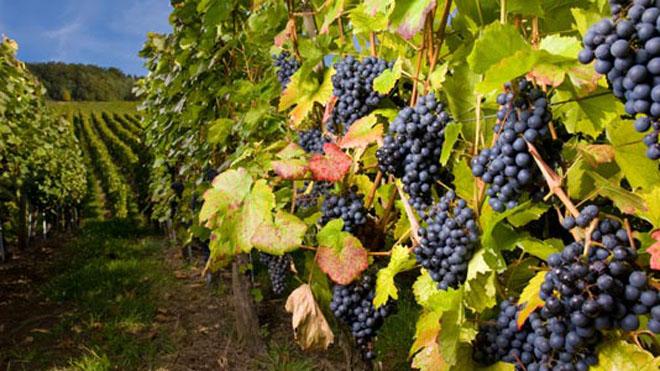
How to Tell a Good Wine
To drink wine is to experience art. You undergo a process, interact with the medium, and appreciate it or the opposite. After a sip, in other words, you construct an opinion of it. This article offers a number of tips on how to judge wine properly. After you've gone through them, you'll be on your way to be a proud oenologist or student of wine.
First off, you need to understand that there are plenty of wines out there, so don't be surprised if you're confused where to begin. Most people base their opinions on Midwest award winning wine which they have drunk and enjoyed in the past. However, one of the things that make a true wine master is knowing the reasons for enjoying a certain wine. There are terms which you can explain your reasons more clearly. For one, "body" means the fullness of a wine, and wines can vary significantly in terms of this. Cabernet sauvignon is a kosher wine that is popular for its full body, while pinot noir, another kosher wine, is known for being more delicate. Some people enjoy fruitier wines, while others like the drier, "old world" kosher wines produced in Spain, Italy, and France.
To be a wine connoisseur at a Kansas vineyard, you also need to decide whether you want white wine or red wine. White wines are usually great with lighter fare, such as poultry, fish, and pasta. For a hearty meal composed of steaks and the like, the best would be red wine.
Now let's discuss tannins. Tannins, which come from grape skin, are a type of leftover. They create that bitter, mouth-puckering flavor that many younger wines are known to have. Read more facts about wine here at http://www.britannica.com/topic/wine.
Yet another thing about wine that can alter its taste is acidity. Wines that are too acidic are too bitter and tend to ruin the flavors. Conversely, too little acidity would also mean a flat and juicy taste. Acidity highlights the wine's flavor, including its fruits and spices.
Oak barrels are where wine is usually stored and left to age. This is where the drink gets its taste, which can be termed as vanilla, toasty, smoky, or cedary taste.
Also, a longer finish makes a better wine, generally speaking. What this means is that the longer the flavor, aroma, and aftertaste stay in your tongue, the better the finish.
While not many know it, just inspecting the bottle will reveal a lot of clues about the wine. See the depression at the bottom. The bigger the depression - termed the "punt" - the better the wine. This factor also shows the winery's dedication to providing good product design and quality to their customers. Basic bottle equals basic wine.
Finally, pay attention to the ratings or reviews given by stores. These may be subjective views, but they are often offered by experts.